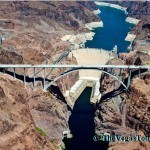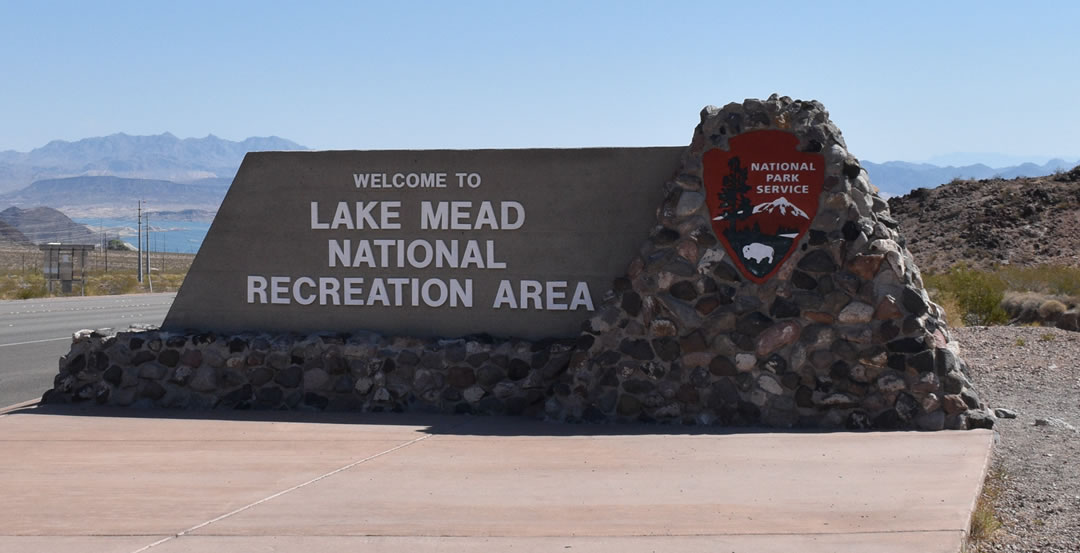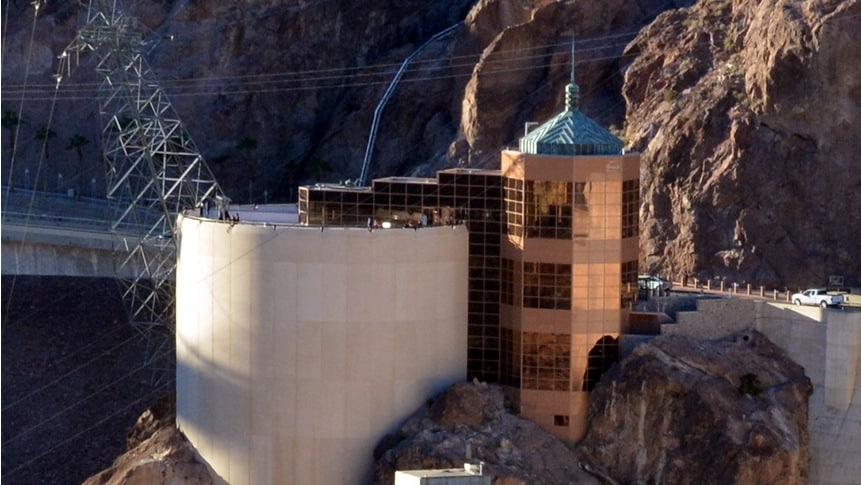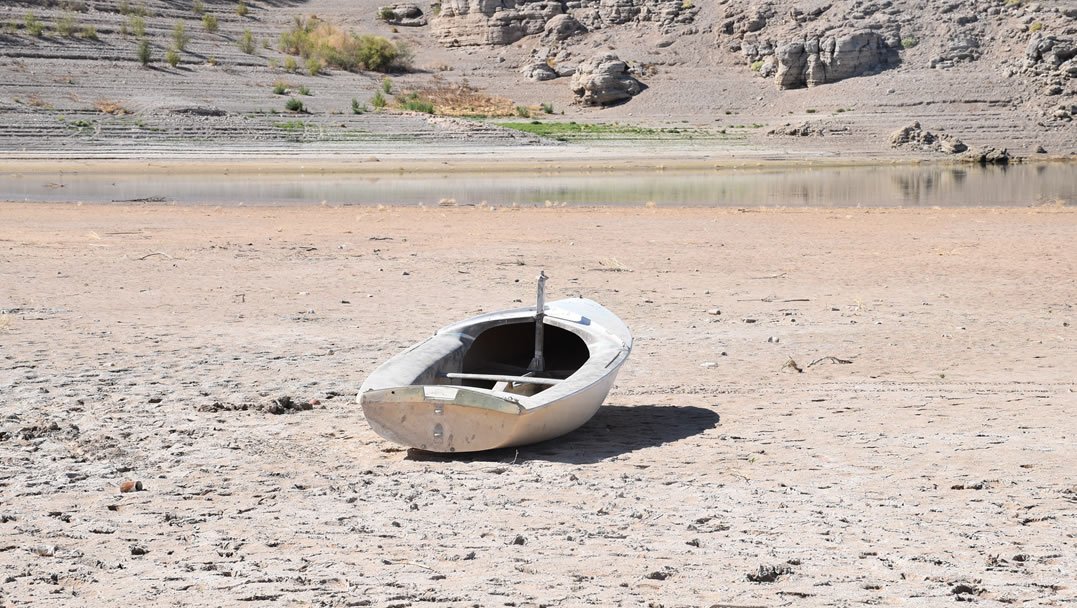
We can all agree that Lake Mead, once the largest man-made reservoir in the world, is going dry. As we watch it disappear, people like to point the finger for this problem on Las Vegas and our building boom.
That is just flat-out wrong. The reason Lake Mead is going dry is a series of problems that nobody wanted to address. The old “we will deal with it tomorrow” solution. Well, that “tomorrow” is now yesterday and it’s time for everyone to suck it up and get it solved.
One of the reasons so many people want to blame Las Vegas for the issue is because they see Las Vegas as the primary user of the water. Again, not true. They forget that Lake Mead is actually a reservoir. It is filled with water coming down the Colorado River, passing through Hoover Dam into California, and finally into Mexico and the pacific ocean.
As much as we want to, we can’t put all the blame on the Las Vegas metropolitan area. Nor can we just say “climate change” is the reason for the famed bathtub ring getting larger every day.
It’s Not All Our fault
So before I go any further, let me make this clear. Just because it’s not entirely our fault that the lake is going dry, does not mean we should not be doing more to conserve water. However, as the Southern Nevada Water Authority (SNWA) is cracking down on water wasters and demanding that we conserve water, they are doing NOTHING to stop or curb this mad rush to develop every square inch of open land in the valley.
It seems the only reason they want us to conserve water, is so they can continue to build more houses and more warehouses. All that new construction will need more water to support it. If we need to conserve, they need to do the same. We should be in this fight together – off my soapbox.
The Big Water Myth
I need to squash that urban myth about the Bellagio Fountains and other water features on the Strip. The water for that comes mostly from wells drilled years ago when that land was golf courses. They are pulling water out of aquifers, not out of the Lake!
True,draining water out of aquifers isn’t healthy for the environment either, but that’s not the point of this post.
A Century-Old Problem
The primary cause of the Lake drying up is a problem that was started a century ago. 1922 to be exact. It started when seven states the Colorado River runs through signed The Colorado Compact. In that compact, Nevada got short-changed.
The What?? The Colorado River Compact is a 1922 agreement that governs the allocation of the water rights to each state. How much of the water each state gets to keep and use from the Colorado River. The agreement was signed by representatives of the seven states the Colorado River and its tributaries pass through on the way to Mexico.” (Wikipedia)
This agreement divided the Colorado River into an upper basin and a lower basin. Nevada is in the lower basin. The compact defines how much water in feet, each state is allowed to take out of the river each year as it passes through their state, on the way to the Pacific ocean.
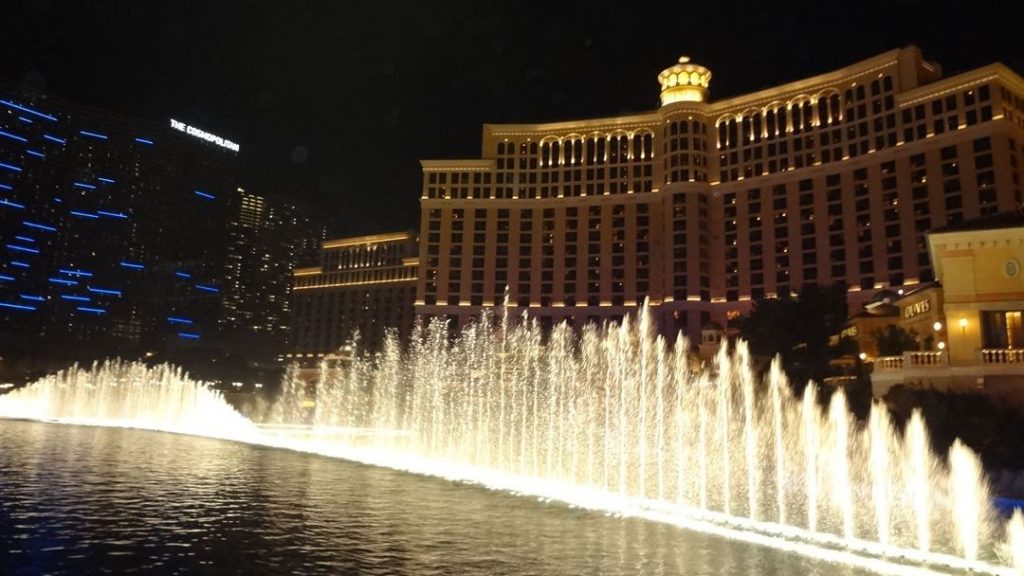
Who Gets the Water?
A majority of the water in the Colorado River comes from the snow melt from the west side of the Colorado Rockies. The amount of water each state was granted was based in part on the 1922 population of each state and its need for water.
According to the “experts” back in the day, they all assumed that the amount of snowpack and snowmelt would never change. So all numbers were pretty much cast in stone based on those numbers.
Since a majority of the fruits and vegetables sold in the United States, come from Southern California, they were deemed an important water user and was granted the majority of the water with the least restrictions.
At the time of the signing, Phoenix (Goodyear) Arizona was producing cotton for Goodyear tires to use as ply in its airplane tires during World War I. Cotton takes a lot of water. So they were also deemed an important water user and given more water than Nevada.
In 1922, Las Vegas was not much of a town, and certainly had no agriculture to speak of. There was no reason to expect Las Vegas to grow any larger than it already was. It was and would be just a watering stop for the railroad. So we were deemed least needy for water.
Interesting note: Being the smallest user of the water, we happen to be the only user of the water that returns any of it back. Of all the states that take water out of the Colorado River Basin, Nevada/Las Vegas gets the least amount yet recycles 80% of it back to the river.
Where Does All The Water Go?
Here are a few examples of how the water is used in other states: Wyoming and Utah farmers like to flood their alfalfa fields with unused water. Worried that if they don’t use all o fit, they may lose it. Denver (Yes, Denver, on the east side of the Rockies, gets Colorado River water) they will recycle their wastewater and then send it down the South Platte River. That water eventually ends up in the Gulf of Mexico!
Phoenix will use a good portion of their treated wastewater in their nuclear power plant as cooling-tower water, then is discharged into shallow ponds to evaporate into the desert sky.
Southern California loses a lot of water to evaporation as they move the river water through gravity-fed, open-air canals carved through the Mojave Desert. It’s only been in the last couple of years that they started to ask residents and business owners to please conserve water. Nothing to the degree las Vegas is doing with fines and levies. More of a “please, could you do this for us?”
Times Change
The main issue is what has happened since 1922. Not much, really. You have to remember, that the idea to build the Hoover Dam started in 1904. It took twenty years to get everyone on board with the idea that the river was going to be dammed and the water was going to be shared. Arizona did not fully cooperate until 1935.
Each state has used its portion of water for something different and has different views on conservation and water protection. Each state wants to keep what is theirs and pay lip service to the bigger picture as to help other states with their water issues.
It’s time to take a larger, more broad view of water usage across the country, not just the west. Since some of our water finds its way east and the east has a mixed bag of too much water in one area, and maybe not enough water in others.
Maybe it’s time we renegotiate the Colorado River Compact and take into account the other states that benefit from it and determine if they still need the water, or should have rights to it.
We have a national policy on water quality. We don’t have one on water quantity. A more modern and equitable compact would make sure there was plenty of water there for everybody and we would not be wondering about any more barrels surfacing on the dry lakebed!
(H/T) The Nevada Independent

